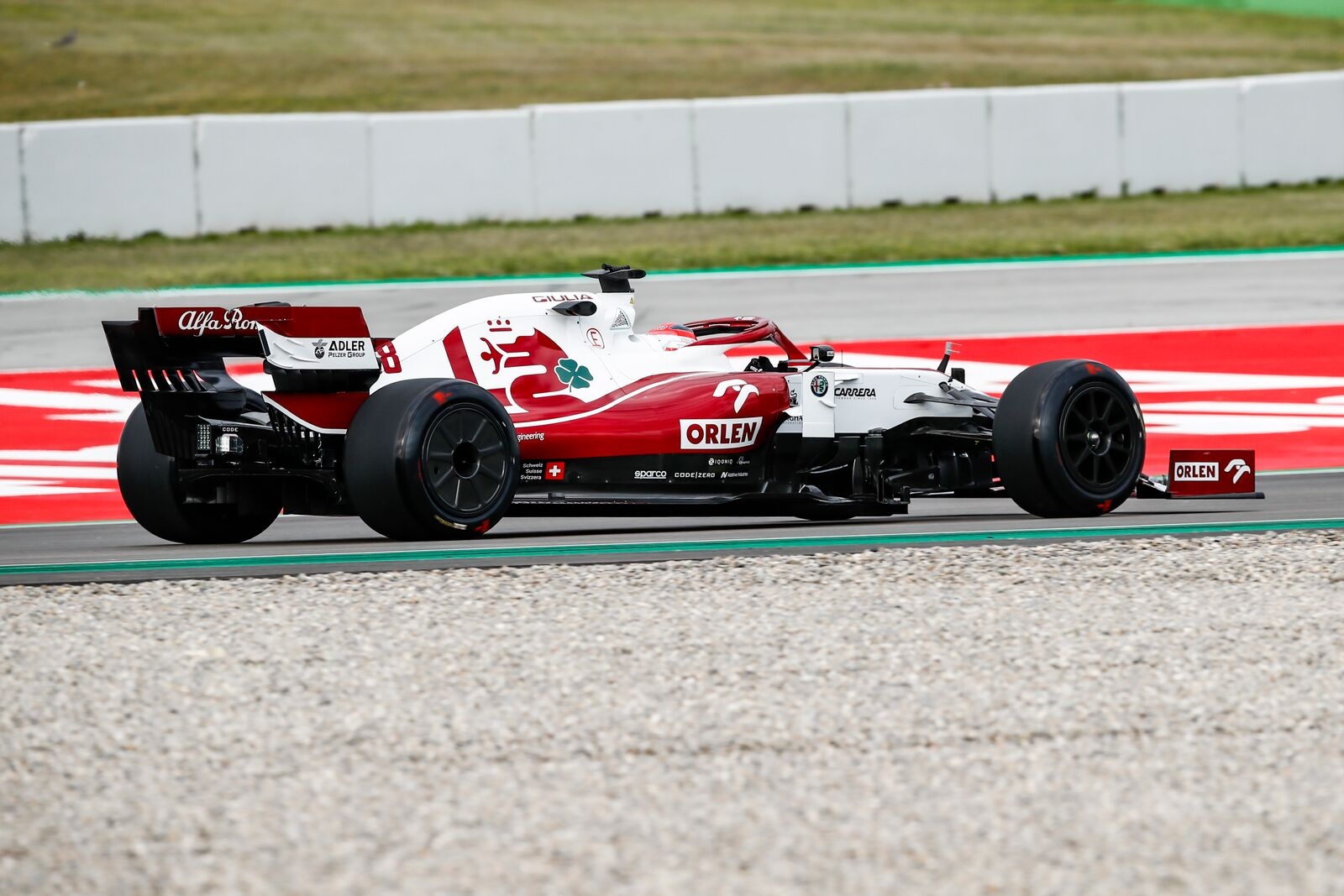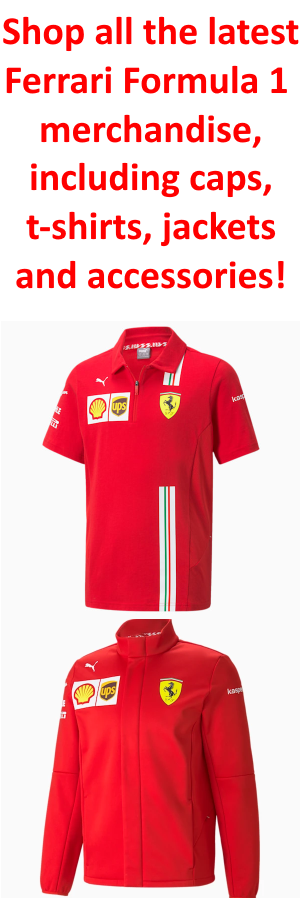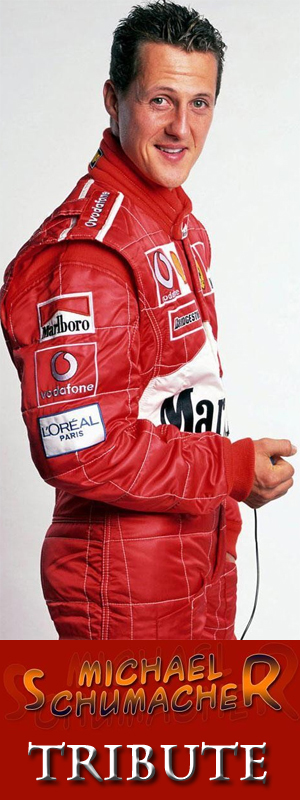
Next year, a regulatory revolution which, for certain technical aspects, will be a return to the ‘past’.
This is the case of the wheel covers, which after their debut in the 2007 season, the subsequent ban in 2010, will be once again used on the 2022 Formula 1 cars, built on regulations designed to facilitate overtaking thanks to a totally revised aerodynamics that will reduce the rear trail of ‘dirty air’ and the related turbulence.
These factors are mainly responsible for the sharp decrease in aerodynamic load for those who follow a car and the consequent overheating of the tires which generates lower performance. At Montmelo, for example, to overtake you needed to be at least a second faster than the driver ahead.
From a technical point of view, the aerodynamic concepts, although the cars will be significantly different, the various teams are trying to get closer to the current ones, but in a rather different way.
Much of the downforce will be generated efficiently and with little ‘turbulence’ from the floor of the car. For this reason, the 2022 cars have been renamed, even exaggerating a little, ‘ground effect cars’. The decrease in load, for those who follow, will thus pass from the current 50% to 5-10%.
It will not only be an aerodynamic revolution, but also in terms of tires with the rims going from the current 13 inches to 18 inches. The result is significant consequences on the operation and design of the mechanics of the new cars.

The new type of tires will be much stiffer. For this reason the suspension system will become even more fundamental since it will have to participate more in the amortization of asphalt irregularities and load transfers. But not only that: even the tires must have ‘unique’ characteristics compared to those used in recent years. The tires will be very different, more similar to road tyres.
The external diameter of the rubber will grow, the mass almost unchanged, with the weight that will therefore remain rather in line with the current one. It will be that of the rims to increase a lot, with the consequent risk of overheating of the tires (it is a matter of suspended mass). Pirelli is working hard on this aspect.
In terms of development, construction and profile of the 2022 tires are already practically defined, now the test campaign on the new compounds has begun.
“We have a new compound that we are already using, a C3 level which is working quite well. It is the first of the new family of compounds that we want to introduce for next year, with the characteristics that are required and have been agreed in the ‘target letter’ sent to the teams. ” Mario Isola recently said.
Yesterday, during one of the days dedicated to testing the new tires, Robert Kubica brought the wheel covers to the track for the first time. These components are classified as SSC, or Standard Supply Components. The FIA will then choose a single supplier who will be entrusted with production for all the teams.
The wheel cover has been included in the regulations to make the aerodynamics of the cars more efficient, they have little to do with the actual tires.
It will then be up to the teams to use them to condition the heating or cooling of the tires. It is no coincidence that Alfa, in agreement with Pirelli, wanted to test them at Montmelo only on the rear, a track that tends to overheat the rear tires.
The Swiss team collected data with and without wheel covers, which will then be shared with all the other teams.
With 18-inch wheels there will obviously be more space for the brake housing; the discs, for example, will go from the current 278 mm to 330 mm in diameter.
Precisely with regard to this, in the free practices of the last Spanish GP, Ferrari and Alfa Romeo tested new Brembo materials which represent an evolutionary step compared to the current material.
But beware: it is not 2022 material, those will be further more innovative.
What was tried was a sort of middle ground and needed the two teams to become familiar with materials that are close to 2022 braking systems, albeit used on 2021 cars which are very different from those we will see on the track next year.











Leave a Reply